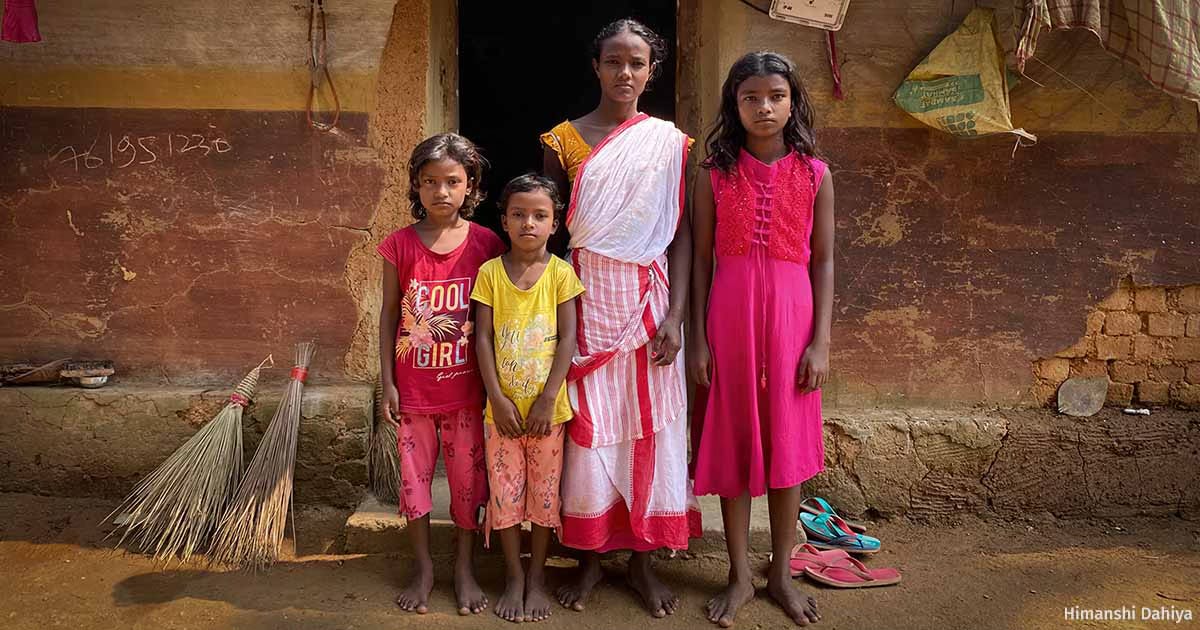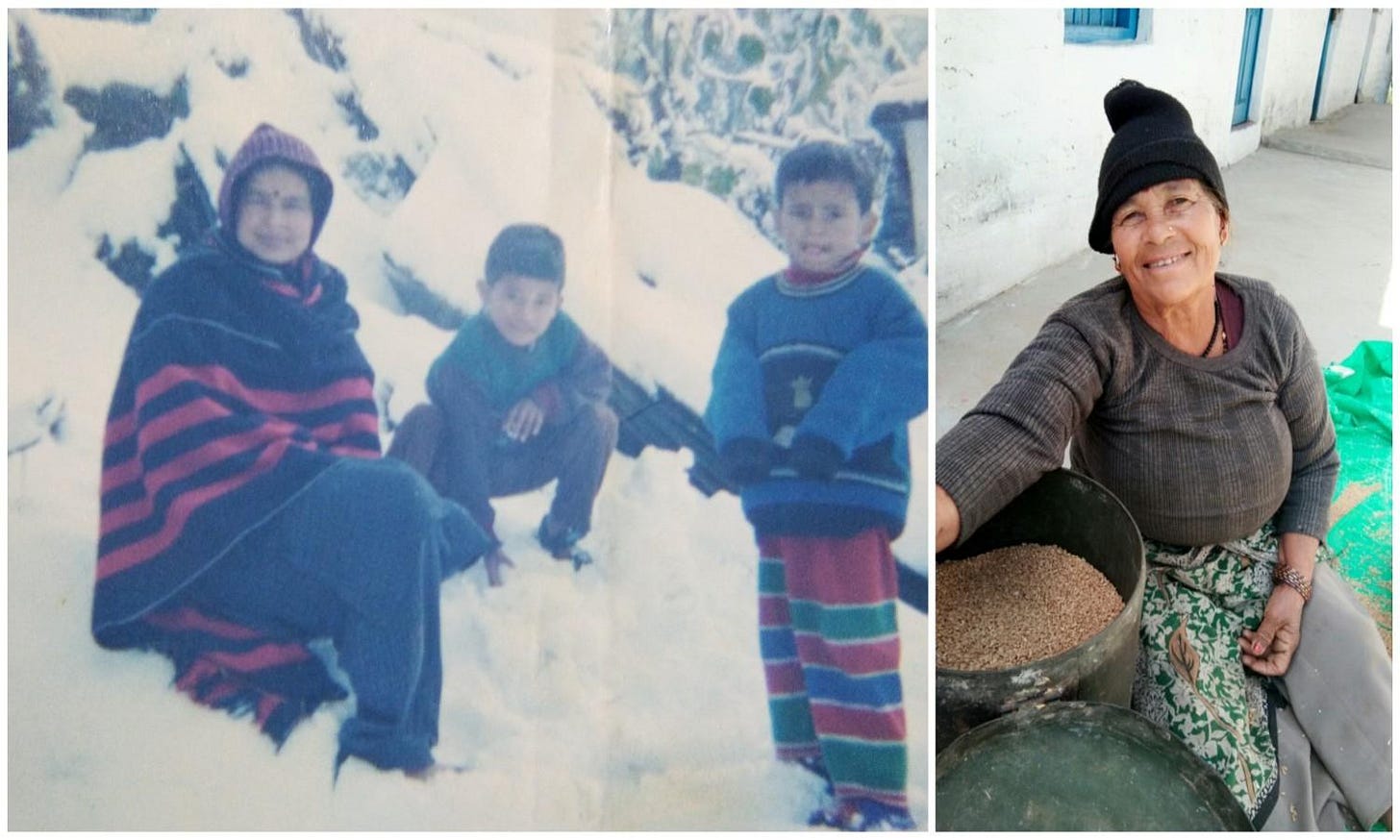Jharkhand’s Jumbo Trouble
Also this week, the impact of climate change on Ladakh’s snow leopards and Uttarakhand’s weather
In a remote Jharkhand village, Sunil Mahto’s family has had to rebuild their thatched two-room home almost every year since 2015. A herd of elephants crosses this village every few months, raiding crops, damaging farms and property–sometimes even claiming a life or two. The death of 36-year-old Samal Murmu in an elephant encounter in October did not come as a surprise to the village headman.

Since 2019, 474 people were killed in Jharkhand in such conflicts–the second highest number in India. With infrastructure projects and mining pushing the elephants out of their habitats and away from traditional corridors, these conflicts are rising with severe impacts, Himanshi Dahiya reports.
Snow Leopards’ Survival Challenge
Tourism and development have transformed Ladakh but they have also brought unforeseen dangers to its fragile ecosystems. Stray dogs, climate change and habitat destruction threaten the majestic snow leopards. But communities in Ladakh–home to nearly 70% of India's snow leopard population–are leading conservation efforts to protect these ‘vulnerable’ big cats, Aditya Ansh writes.
‘Tis Not The Season
In Pankhu village of Uttarakhand’s Pithoragarh district, Vaishnavi Devi and her neighbours have been waiting for snowfall for 20 years. The village once experienced snowfall at least five to six times a year. From Pithoragarh to Lahaul-Spiti, the snow cover in the Himalayas is shrinking, and the extent of lakes at high altitudes is expanding, Alka Barbele reports for IndiaSpend Hindi.
Photo Essay: The Harsh Working Conditions In Surat’s Power-Looms
In Surat’s old industrial estates, powerloom units typically operate in buildings nearly 30 years old, with three to four floors housing 12 to 24 machines each. The city produces 40% of India's synthetic fabric, predominantly through migrant labour operating under challenging conditions. The workers earn between Rs 600-800 daily, working 12-hour shifts. Working on unsafe and badly maintained machines and infrastructure, the workers remain exploited, Anupriya S. & Niveditha G.D. show.





